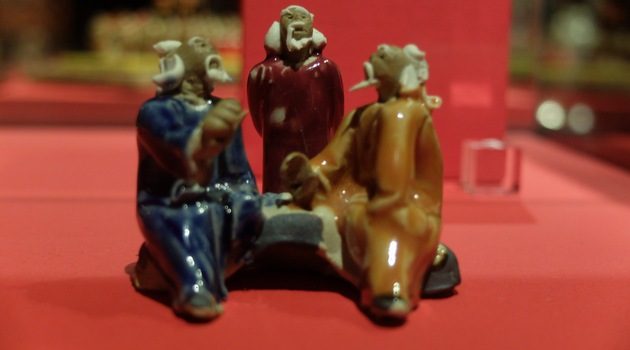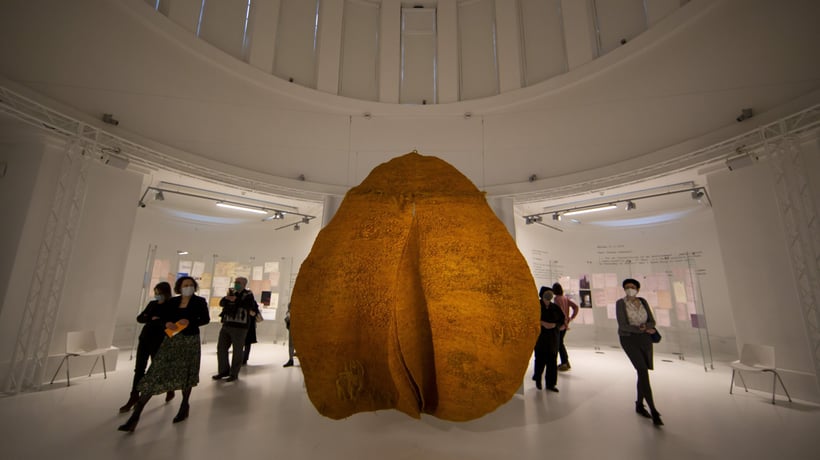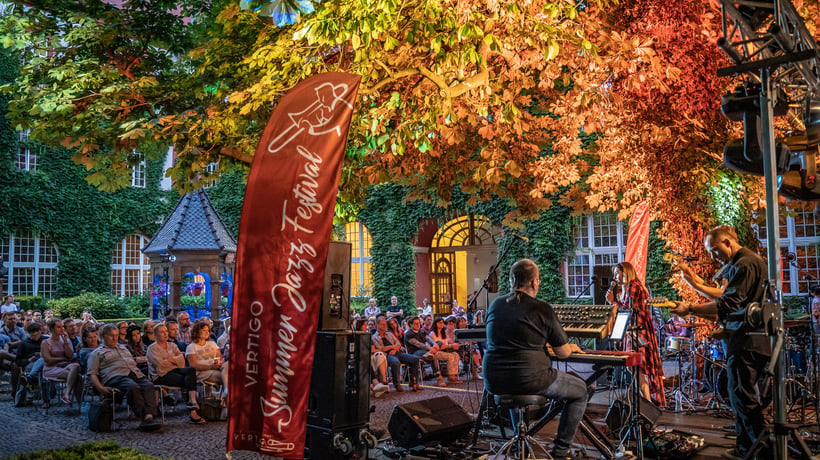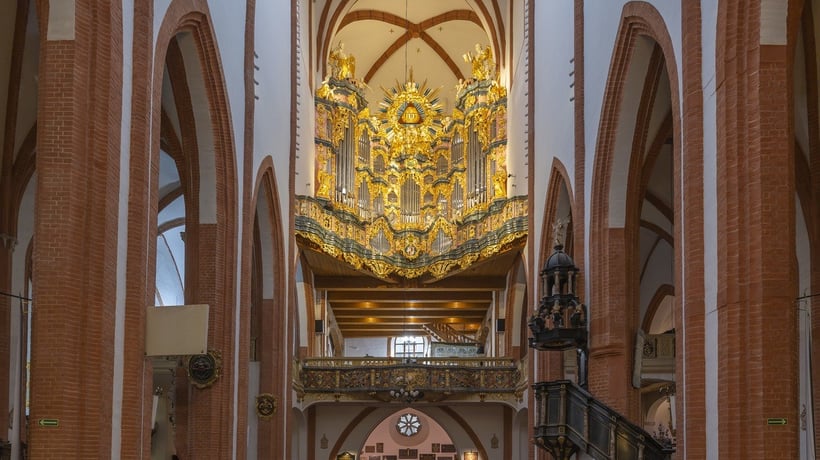Chinese delights
The exhibition is located in a medium sized room, but the finishing touches would delight each and every Chinese person. Especially as the people from Far East as known for their aesthetic expertise and attention to detail. This is best evidenced by the meticulous craftsmanship of the exhibits. Be it a paper cutting or a masterful engraving or a finely embroidered fabric.
Works of art in your hand luggage
All exhibits have been purchased and brought from China by Dr Zlata Černy, an eminent Czech sinologist, the expert on Oriental art and the curator of the Chinese Art Section at the National Museum in Prague. The history of her travels to China is extremely interesting and would make a good material for a book. She received her first passport for a business trip back in 1958, but she would soon have to return the document. She would not receive a new passport until thirty years later as she went on a new trip in 1989. She bought a lot of folk art masterpieces at the time, and these items are now the highlight of the National Museum collection. How did Dr Zlata Černy bring her treasures? The toughest challenge was to bring figurines intact, especially those that are part of larger scenes including monkeys. The animals (ca 3 cm tall) were made of cicada limbs and exoskeletons, and they carry a sedan chair while marching in a wedding parade (first scene), have a meal (second scene) or visit a hairdresser's studio (third scene). "I simply kept them with me all the time, in my hand luggage," says Dr Zlata Černy.
A wedding parade from the Monkey Scenes cycle. The figurines were made with utmost precision. Photograph: National Museum
Farmers by day, artists after hours
Paper cuttings proved to be less of a challenge. "The imagination of their Chinese authors knows almost no bounds," explains the sinologist as she presents how one clever artist can conceal a number of various representations, e.g. a fish, in one tiny figurine. When you examine their works, you can hardly notice any naïveté or primitive qualities. "Chinese folk art is hardly naive. We are talking about extremely qualified and nimble artists who continued their family traditions for many centuries," explains Dr Zlata Černy. These works were usually executed by people who worked hard throughout the year, e.g. in the field, and as New Year's Eve was drawing near they set down to their artistic pursuits.
Confusion to the evil spirits
Chinese New Year is an important and widely celebrated traditional Chinese holiday, and its presiding animal zodiac may either bring prosperity or lean years. Tiger, which is an extremely positive zodiac in the Chinese horoscope, is usually linked with enterprise, optimism and happiness. For this reason, Tiger is often represented by Chinese folk artists, e.g. on children's shoes. Chinese art also shows fascination with the theatre and all kinds of masquerades. Hence the exhibition features figurines used in theatrical performances. In Chinese homes, these figurines would be put on a plate and then someone would shake the plate to make the figurines move around it and entertain children. The exquisitely beautiful and refined paper cuttings served other purposes than purely decorative ones. There were also used to dispel evil spirits. "People would often burn them in a bowl and later scatter at the crossroads," explains Dr Zlata Černy.
Folk art finally recognised
The curator of the exhibition, Dorota Róż-Mielecka, emphasises that it was no sooner than the last century that people started to describe and collect Chinese folk art. "Although folk art was often treated as inferior, it remains one of the best sources to learn Chinese culture, which attaches meaning to each and every component, shape, colour and decorative motif," explains the curator.
"The Aesthetics of Ritual. Dr Zlata Černy's Chinese Folk Art Collection" is open to the public from 25 November to 30 August 2015 at the National Museum in Wroclaw (second floor).






